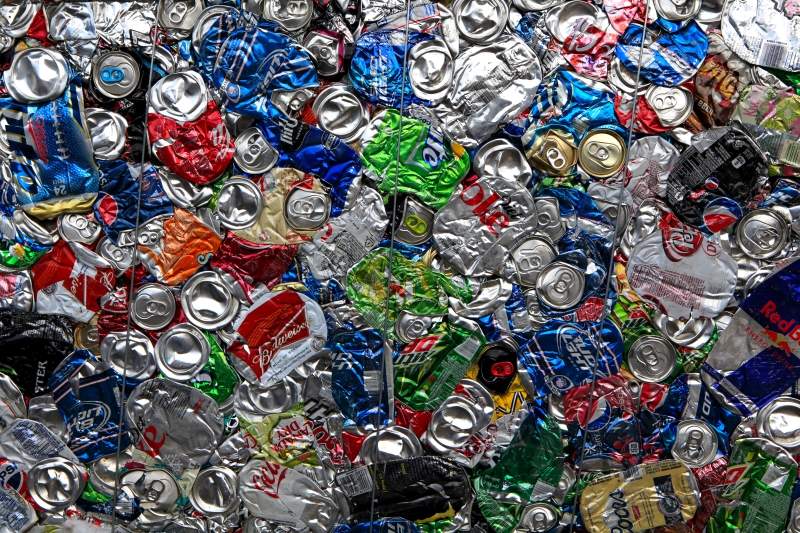Cans are light, take up less space, they are unbreakable and easier to recycle. Can they solve the issue of plastic pollution?
The environmental impact of plastics has been receiving increased attention recently. In the UK, the BBC’s documentary Blue Planet has shone a spotlight on the problem of ocean plastics. Along with this, news about China’s import ban on poor quality plastics has raised concerns in the UK, the rest of Europe, the US and Australia about the build-up of plastic rubbish.
Plastics are used for many single-use items, and drinks bottles are a common type of plastic waste.
To limit plastic pollution, plastic drinks bottles must be substituted with more efficiently recyclable packaging alternatives. While recycling targets were more focused on quantity in the past, the quality of materials collected is just as important nowadays.
Most valuable in the recycling bin
According to the US-based Aluminum Association, aluminium is the most recyclable material. Discarded aluminium is more valuable than any other item in the recycling bin. This is because it can be recycled directly back into itself repeatedly, in a true closed loop. Unlike many other materials, aluminium more than pays for its own recycling in the consumer and industrial waste stream. The reason is that the demand for aluminium is high and recycling aluminium saves more than 90% of the energy required versus producing new metal.
According to GlobalData’s 2017 Q1 survey, recyclability is the most important among all factors in environmentally friendly packaging, with 74% of consumers globally finding it very or extremely important. Moreover, when recycling, most consumers (71%) require an easy way to separate different materials for disposal. Aluminium cans are in a better position to respond to this requirement than beverage cartons, for example, which usually consist of layers of different materials.
How well do you really know your competitors?
Access the most comprehensive Company Profiles on the market, powered by GlobalData. Save hours of research. Gain competitive edge.

Thank you!
Your download email will arrive shortly
Not ready to buy yet? Download a free sample
We are confident about the unique quality of our Company Profiles. However, we want you to make the most beneficial decision for your business, so we offer a free sample that you can download by submitting the below form
By GlobalDataWhat next for the beverage can?
The beverage can has mostly been used for carbonated soft drinks, energy drinks and beer. In future, it will widen its presence in still drinks, including water, juice, tea, and alcoholic beverages, such as wine. Used in new beverage categories, the can will add an element of cool, as some forward-thinking brands have discovered.
For example, CanO Water, a 330ml resealable can of natural spring water, had been chosen to sponsor London Fashion Week 2016. Wine in cans is another funky trend, especially in the summer months. Although it still represents a small portion of the market, sales have been rising in the past few years, addressing the on-the-go and single-serve market.





Related Company Profiles
BBC S.r.l.